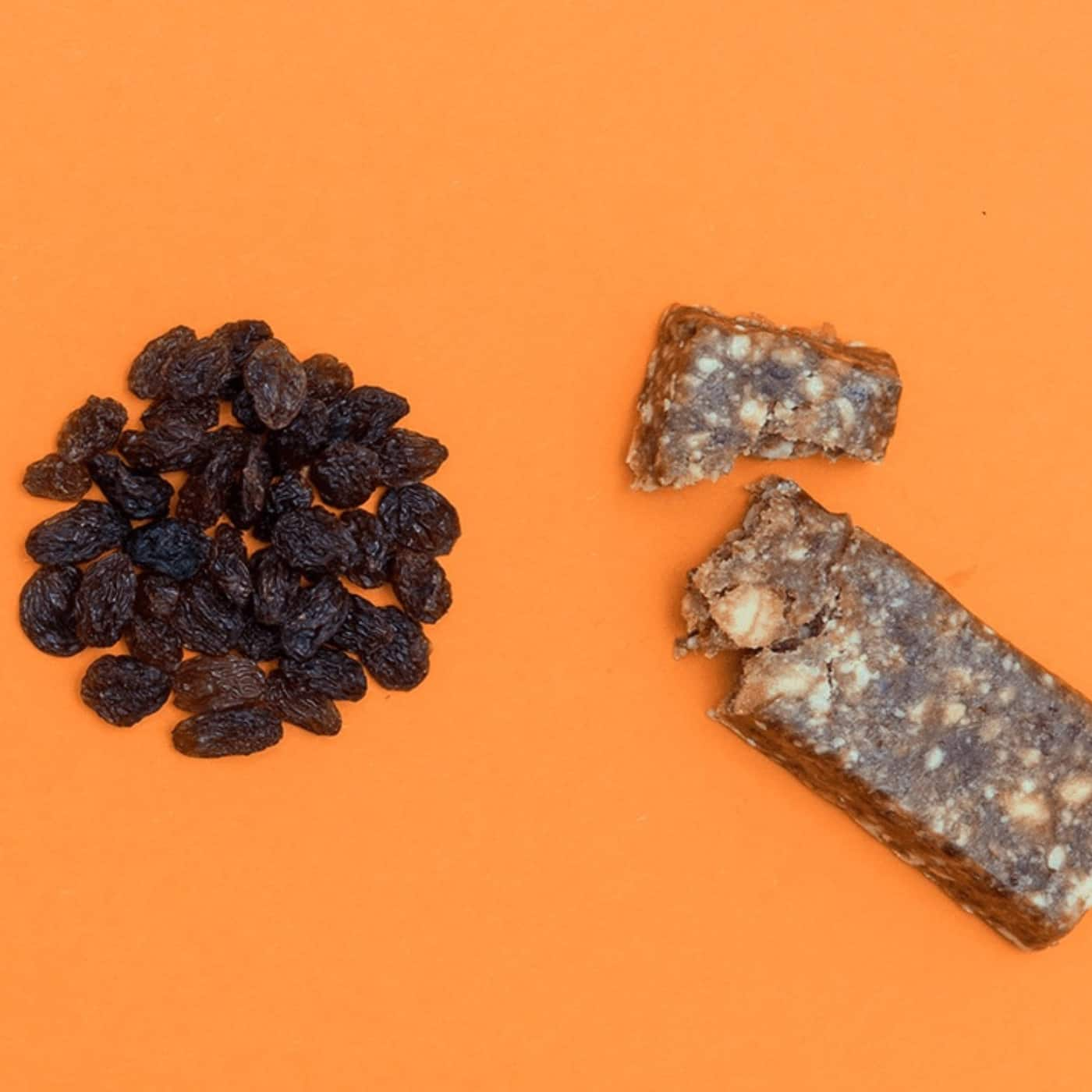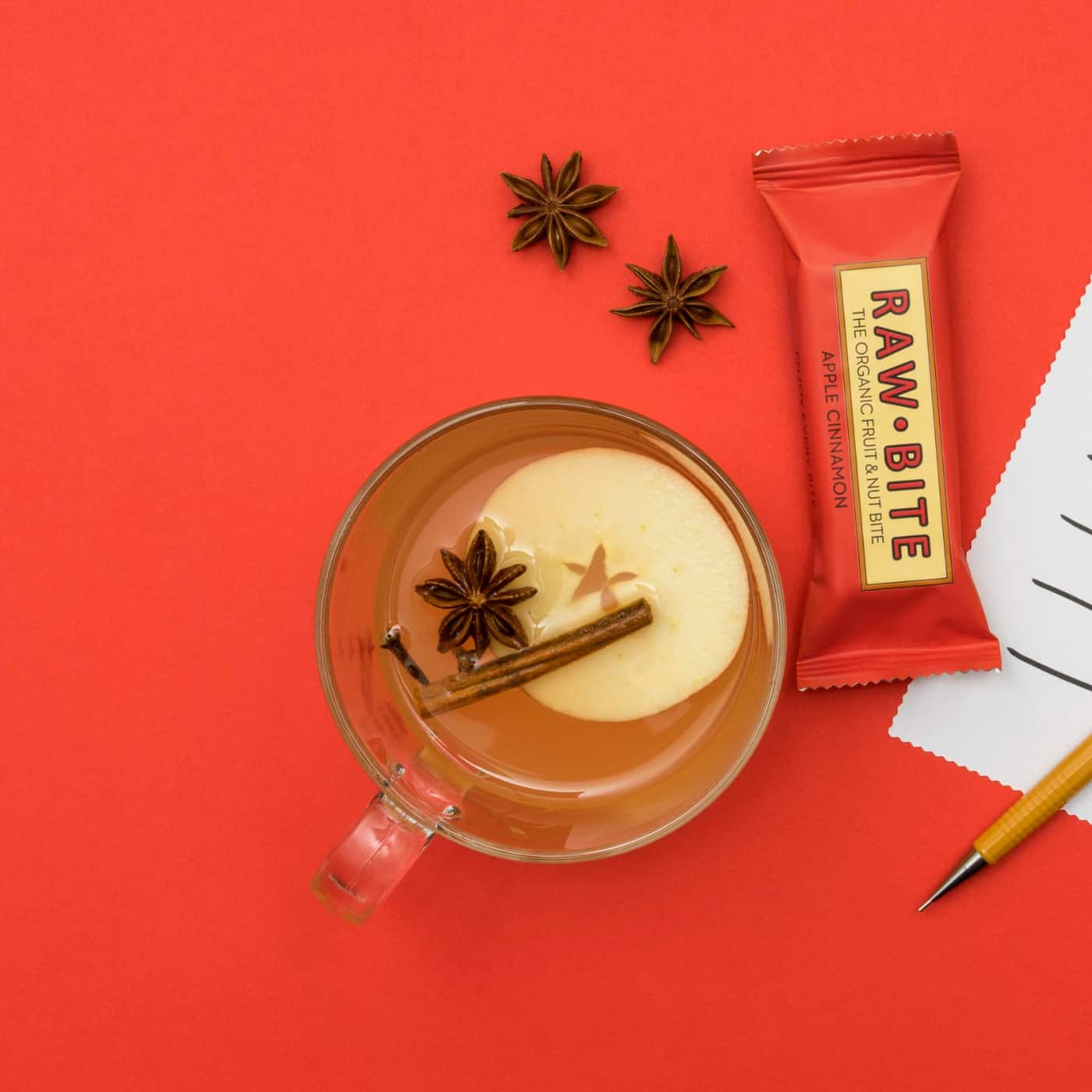Sweet or savoury, hot or cold, traditional or exotic: every country that celebrates Christmas has its very own seasonal culinary traditions. In Denmark, one of these traditions is called Julefrokost – which translates as Christmas lunch. Traditionally the meal consists of a starter, main course and dessert, and the main ingredients are usually meat of fish. We chat to vegan foodie Asta Schack about Julefrokost and why it’s special. She shares some great tips and inspiration for a festive vegan Christmas meal.
So tell us what a typical Julefrokost would include and what happens …
Julefrokost is an old tradition in Denmark. Usually, you wouldn’t celebrate it with your family, but rather with your colleagues, classmates, neighbours or old school friends. The number of people attending can vary anywhere between four and 60.
The main part of the Christmas lunch is, of course, food and drink, but it is also customary to play drinking games or other kinds of games. For instance, a popular part of the festivities is “pakke-leg”, a kind of Secret Santa.
Normally, a Julefrokost meal consists mainly of animal ingredients. Herring, salmon, Fiskefilet (fish fillet), Æggesalat (egg salad), Leverpostej (pork pie), Rullepølse (rolled roast beef), meatballs, Flæskesteg (roast pork) and Risalamande (rice pudding with cream and almonds) almost always feature on the menu.
What’s the best thing about celebrating the time before Christmas with a Julefrokost?
I think the best thing about a Julefrokost is that it lets you forget the stress of everyday life and gives you the opportunity to spend a carefree, hygge (LINK to the hygge story) time together with friends or colleagues.
Essentially, it's about having a good time, eating good food and having fun together.
Is it possible to have a completely vegan Christmas meal and can you turn any traditional dish into a plant-based one?
Of course, it is up to you to decide whether to create vegan alternatives to traditional food or whether to ignore the traditions and just go for the things you like. But I do think that in 2020 it could be time to make some changes and adapt the traditions. If I were to organise a vegan Julefrokost, I would probably sidestep the traditional stuff and instead create a selection of vegan dishes.
However, you can make vegan versions of most traditional dishes. It may be a bit of a struggle with meat and fish dishes, but it’s not impossible. For example, instead of roast pork you can make a walnut-mushroom-lentil roast, instead of meat for the meatballs you can use beans and mushrooms, and in egg salad you can use chickpeas instead of egg. Basically, there are umpteen variations when it comes to cooking a vegan Julefrokost.
If you are invited to a Christmas meal and you know that there will be no vegan options, you could always bring your own food.
My favourites are homemade bread, roasted Portobello mushrooms with vegan butter and parsley or a red cabbage salad with walnuts, orange and cranberry. For dessert I would prepare a vegan version of Risalamande.
What’s an absolute must at a traditional Julefrokost?
For me it’s good gravy and a tasty kale salad! But essentially a good Julefrokost is all about good company and a fun atmosphere. Food comes second, which isn’t to say that that it’s not important.
So, with the right atmosphere, you can enjoy a real Danish Julefrokost and have a great time – with vegan food!
Pure Taste. Pure Joy.








